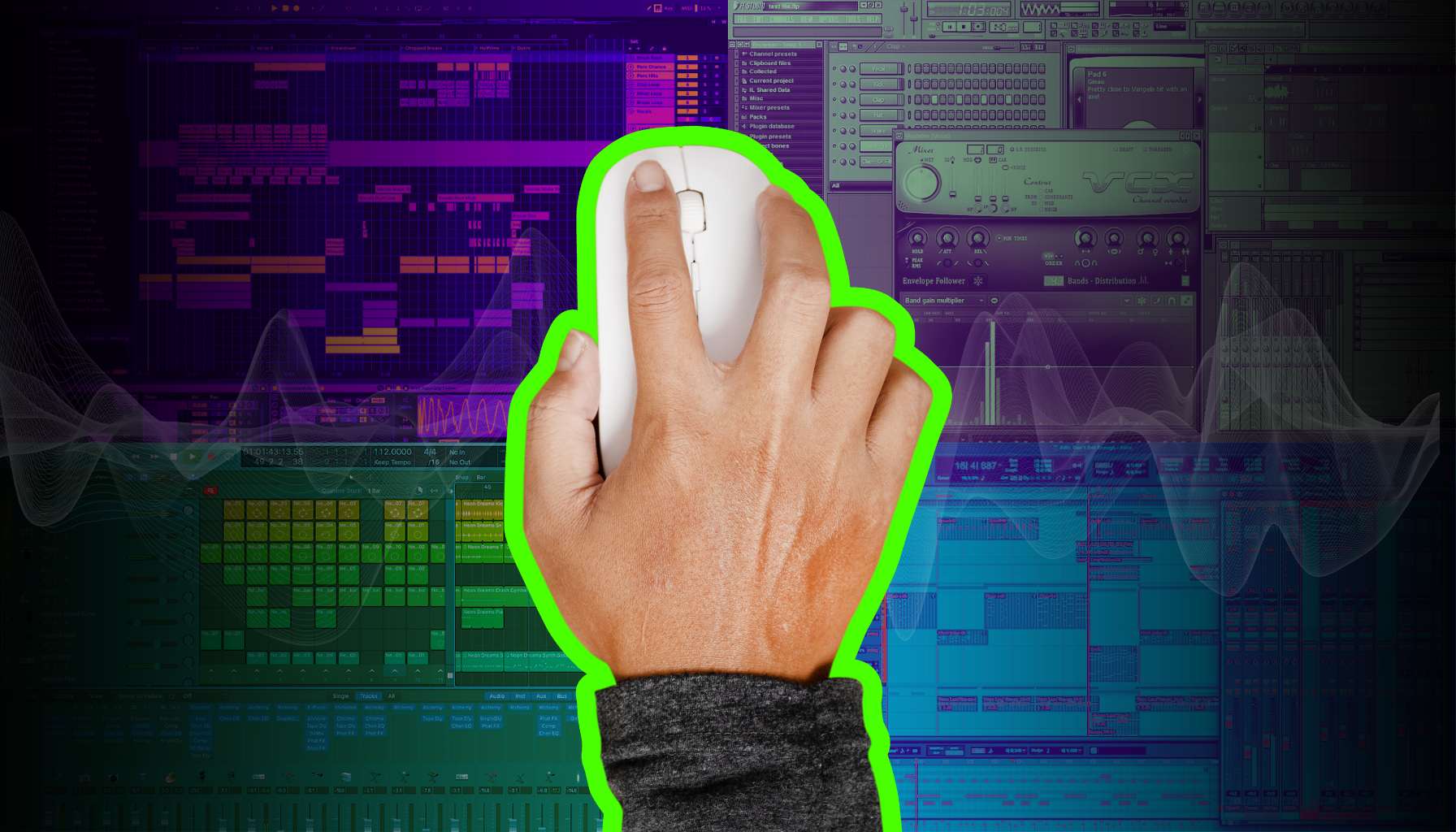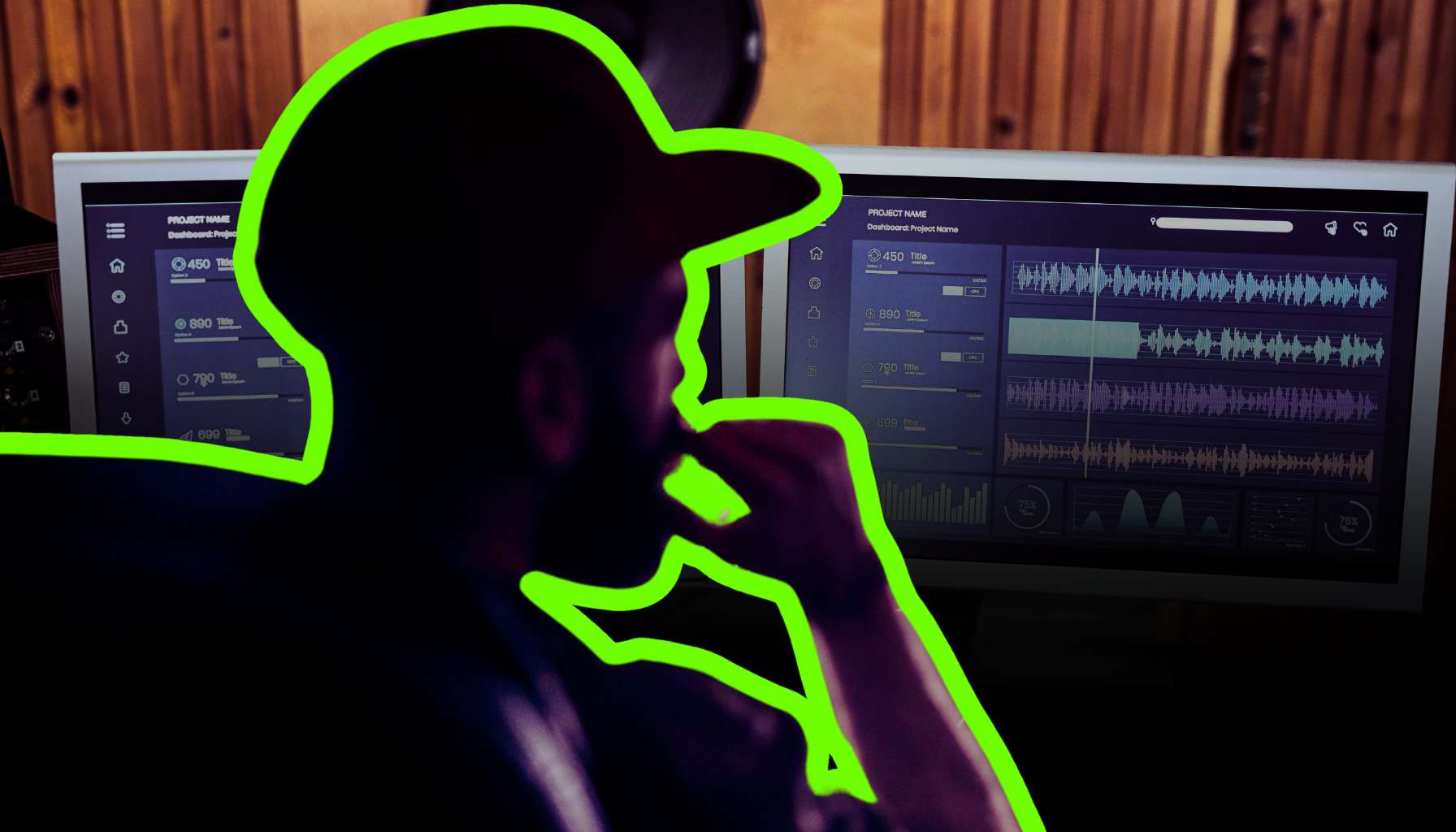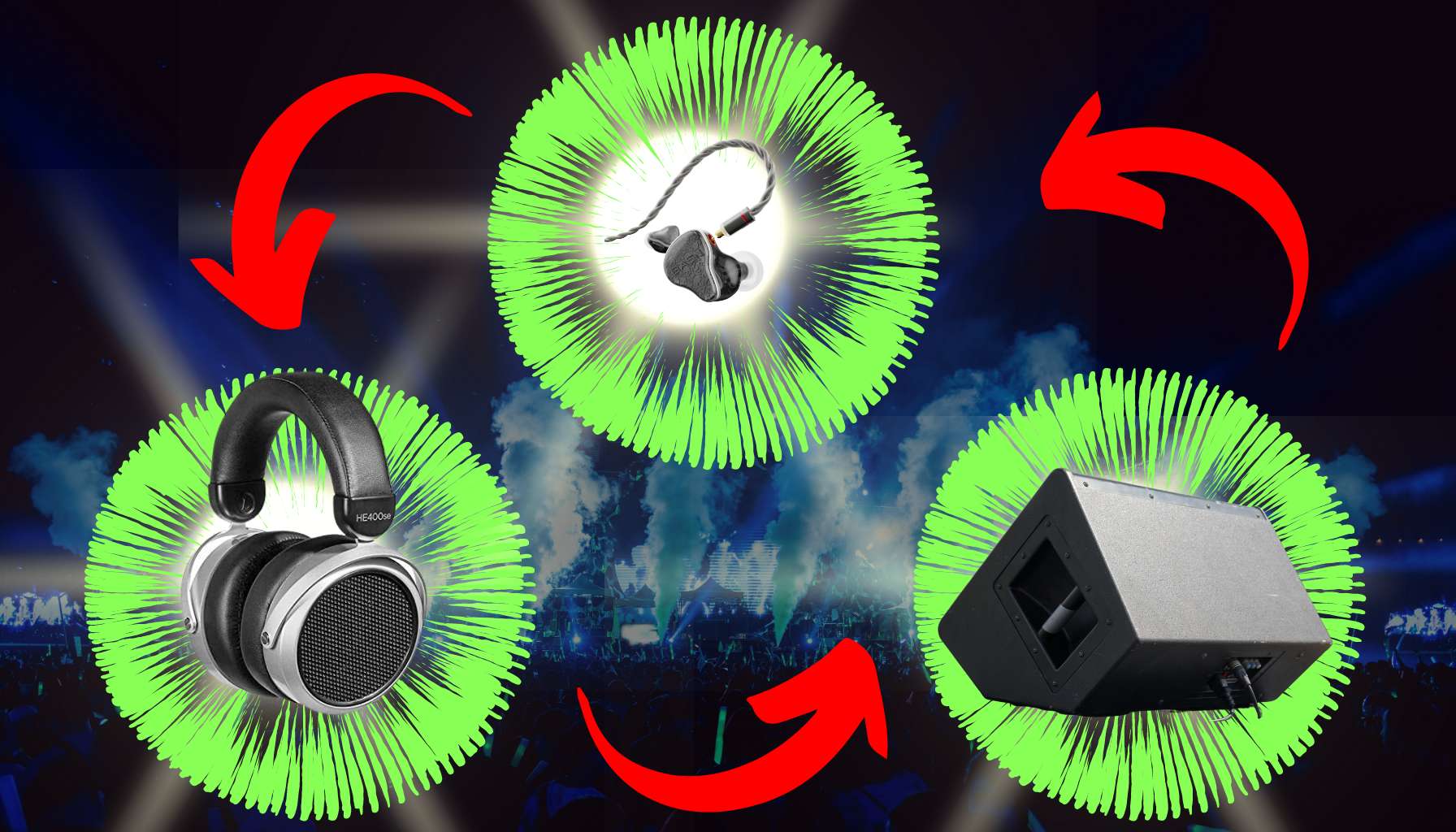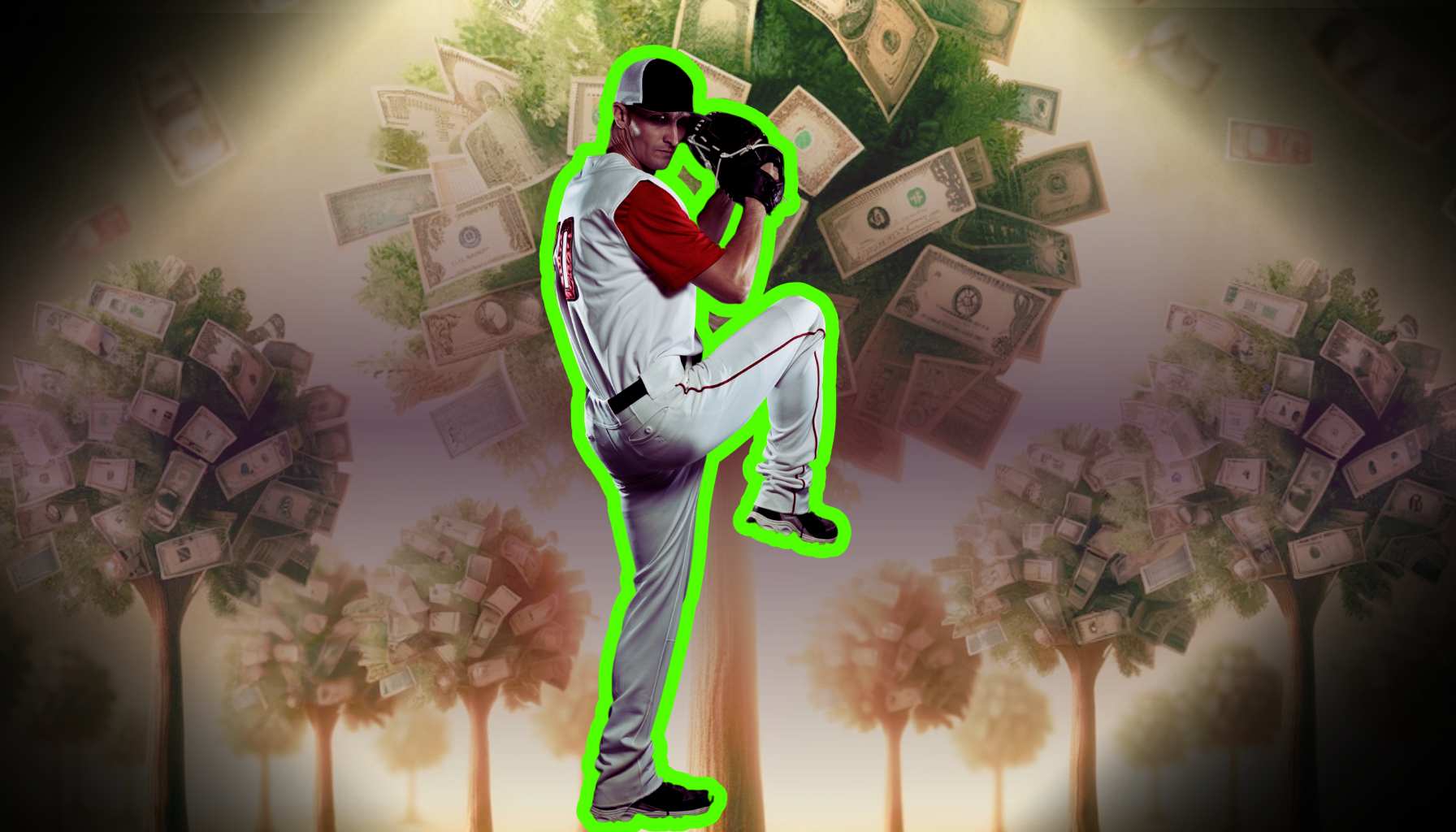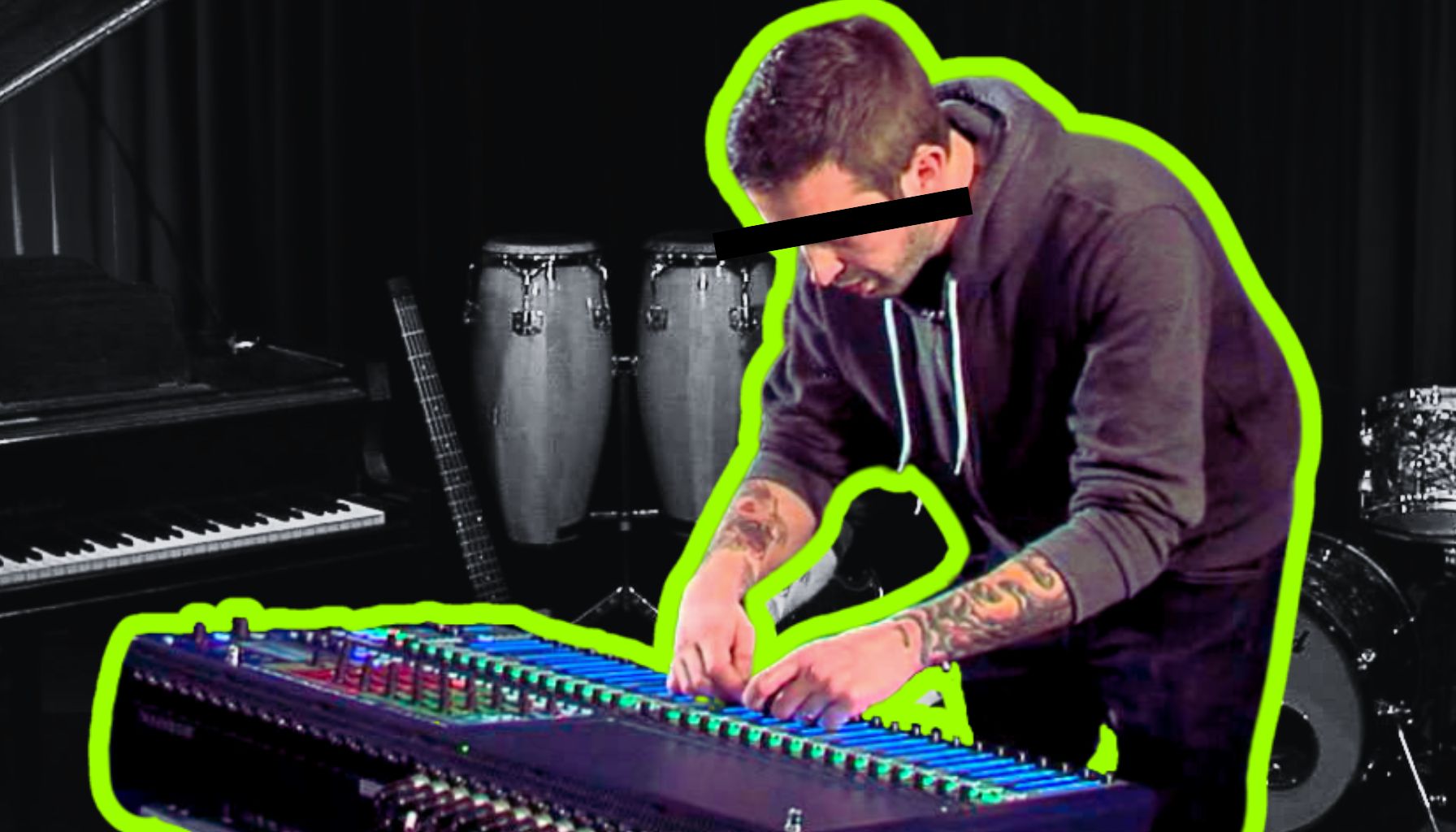Introduction
So, you’ve built a time machine out of synthesizers, drum machines, and a trusty DAW, all poised to craft a Synthwave masterpiece that would make the ’80s blush. But how do you turn those neon dreams into a sonically cohesive reality? It’s all in the blend of production magic and nostalgia – both powerful ingredients in the alchemy of the authentic ’80s vibe.
The Essence of Synthwave
Was your heart ever caught in a neon web, beckoning you to a world where the past and future collide in a burst of pulsing synths and drum machines? Welcome to Synthwave, the sonic time capsule that’s more than just a genre – it’s a resurrection of an era when the hair was big, and the synths were even bigger. Let’s grab our neon-tinted glasses and dive into the essence of this retro-futuristic phenomenon.
Defining Synthwave: A Nostalgic Journey
Synthwave isn’t just music; it’s an echo from the days of arcade games and VHS tapes, serving a cocktail of nostalgia with a modern twist. Fascinatingly, its roots are as much about the future as they are of the past, drawing influences from ’80s pop culture, early electronic music, and sci-fi soundtracks.
Origins and Influences of the Synthwave Genre
Blurring the lines between homage and reinvention, Synthwave’s origin story is a tapestry woven with threads from the original synth pioneers and the visual aesthetics of ’80s cinema and television. Composers like John Carpenter and bands such as Tangerine Dream laid the groundwork with their warm analog synths and hypnotic melodies that now course through the veins of Synthwave enthusiasts.
Key Elements of the ’80s Sound
So, what’s the formula for concocting an authentic ’80s sound, you ask? Think arpeggiated basslines, lush pads, and crisp drum loops. But it’s the unapologetic use of digital and analog synths that creates the vibrant heart of a Synthwave track. The key is to paint with a palette of sounds that make you yearn for the days of DeLoreans and shoulder pads.
The Cultural Resurgence of Synthwave
Living in an age where retro isn’t just ‘in’ – it’s a borderline cultural obsession, Synthwave has found new life across various media. What started as an underground movement now pulsates through mainstream culture, from movie soundtracks to video games, feeding our appetite for all things retro-chic.
Synthwave in Modern Media and Entertainment
Today’s artists are like time-traveling DJs, meshing analog warmth with digital coolness, plugging the ’80s into the 21st century in a way that’s reinvigorated the music industry. This resurgence isn’t just seen in underground clubs; it’s on the soundtracks of blockbusters, infiltrating the airwaves and capturing the imagination of a new generation yearning for a past they’ve never lived.
The Relationship Between Synthwave and Retrofuturism
Synthwave taps into retrofuturism, envisioning the future through a retro lens. The staggering growth of this musical genre shows it’s more than a fad – it’s a bridge between eras, challenging the notion that looking back is merely a form of escapism. As we distance ourselves from the brash reality of the 21st century and delve into the stylized, synthesized world of the ’80s, we’re laying the foundation for a full-fledged Synthwave landscape. Ready your senses – we’re not only reviving the vibrations of a bygone era but also forging a path into the art of soundscaping.
Building the Synthwave Soundscape
Building a soundtrack to the retro-future isn’t just about donning a digital mullet. It starts with choosing the right gear and software. Embrace the paradox of using cutting-edge technology to produce something that sounds like it’s been teleported straight from a 1980s arcade.
Essential Gear and Software
First, you’ll need to equip yourself with a DeLorean’s trunk full of classic synthesizers and modern emulations. These are your sonic warriors, from the evergreen Roland Juno series to the formidable Korg Polysix. But for those of us who don’t have the cash to splash on vintage hardware, today’s software emulations offer the charisma of classic synths without the chiropractic bills from lugging around hefty equipment. Let’s take a moment of silence for the drum machines that defined the decade. The linchpin to any synthwave track is the rhythm, and you’ll want to tap into the retro Rolands or recreate the beat with software that’ll kick you straight into synth-nostalgia. When it comes to assembling these vintage pieces into a coherent whole, choosing the right DAW for synthwave production is like choosing the right pair of sunglasses at night – it makes all the difference. Flexibility and a generous suite of onboard effects are key.
Crafting Your Synthwave Palette
With your lab set up, it’s time to summon the spirits of the ’80s. The dominant synth sounds of the era were no gentle whisperers; they were bold, brash, and unapologetically synthetic. Cultivate an arsenal of sounds: warm basslines, ethereal pads, and screaming leads. Remember, a good synthwave palette is like a tub of Neapolitan ice cream – balance the flavors for the best experience. Layering these synth textures can turn a flat landscape into a dynamic neon city. Start with a sturdy bassline as your foundation – something that makes your heart feel like it’s wrapped in a warm leather jacket. Pads are the clouds in your synthwave sky, expansive and dreamy. Lastly, your leads are the stars that will guide the listener through your sonic universe. And let’s talk about the role of effects: reverb, delay, and chorus.
They’re the MSG of the music world: sprinkle them generously and everything tastes better. Just enough reverb can make it seems like your track emerged from the mists of time itself. Delay bounces your sound around the room like a neon-lit pinball machine, and chorus? Well, chorus is what happens when your sound takes a trip through a kaleidoscope.
As we wrap up our tour of the synthwave soundscape, we leave behind the comfort of our neon territory to explore new frontiers. We’re venturing into the realm of composing and arranging, where the echo of our synths meet the structure and soul of the tracks they’ll become. Stay tuned, because the journey gets even more exciting. We’ll dive into the art of balancing nostalgia with originality, writing melodies that stick like hairspray, and using arpeggios to give your tracks that quintessential ’80s shimmer. Keep your eyes on the neon horizon, and let’s continue our ride into the heart of synthwave.
As you glide through the neon-lit, memory-laden corridors of synthwave production, having already embraced the lush pastels and shadowy purples of your synth palette, it’s time to step into the groove factory—the rhythm section. The heartbeat of any synthwave track pulsates from its drums and bass, and mastering this fusion is paramount for channeling that authentic ’80s vibe.
Composing and Arranging Synthwave Tracks
A crafty composer knows that structuring your composition isn’t just about stacking layers; it’s like building a neon-lit cityscape in audio form.
Structuring Your Composition
The quest for the quintessential Synthwave sound begins with understanding the common song structures that give the genre its narrative flow. Let’s unzip this retro rhapsody with intros that pull you into a vortex, bridges that transport you into the arcade games of yore, and outros that elegantly fade like the last episode of your favorite retro TV show. Balancing nostalgia with originality becomes a delicate high-wire act; after all, you’re not just rebooting old VHS tapes; you’re directing the sequel.
Melody and Harmony: The Heart of the ’80s Sound
Weaving writing memorable melodies is like crafting a neon sign: it must be bright, catchy, and etch into the memory of anyone who hears it. Think less “elevator music” and more “soundtrack of a generation.” Classic chord progressions are your bread and butter, evoking the spirit of the ’80s without becoming a cover band for a decade. Arpeggios in Synthwave are the glittering lights of the skyline, the steady heartbeat of the high-speed chase—seemingly simple, yet they bring the retrofuturistic world to life. They’re the unsung heroes, the synth wizards weaving spells in the background that enchant with a mathematical allure. You’ve tuned the synths, built the layers, set the stage – let’s give the rhythm section their marching orders.
Drum Programming and Rhythm Section
The iconic Linndrum snaps and Simmons toms are what give Synthwave its danceable heartbeat. Pepper in some electronic percussion; think of it as the neon glow that makes the figures in the foggy alley start to move. Getting that snare to crack like a whip and the kick to boom like a time traveler arriving sets the stage for the signature Synthwave beat. But let’s not forget our trusty sidekick in the groove department: the bass synth. It’s about getting the groove just right – the satisfying sonic equivalent of a Rubik’s Cube clicking into place. This isn’t a monotonous thump; it’s a journey through the neon jungle, each note a step on wet asphalt under the city’s glow. And because you can’t just paste a loop and call it a day, sequencing techniques serve as brushstrokes that paint your rhythm with dynamism. A little offset here, a subtle velocity change there – it’s the hidden hand guiding the magic trick. By now, you’re plugging into the synth scene with gusto, wielding drum patterns like neon swords and commanding basslines like laser-beam chariots. What comes next is no less essential – the spectral sauce, the secret spice: production techniques that transport listeners to the “golden age” faster than a sideways glance from Don Johnson. Stay tuned, as we’ll soon crack open the vault to the ’80s and reveal how to mix and master your tracks in such a way that even the most digital sounds will ooze the warmth of tubes and tape in the authentic ’80s vibe.
As the velvety darkness of night falls, the neon glow of the city comes to life. The heart of this neon-infused dreamscape? The synthwave soundscape, a realm where the pulsating ’80s tones reign supreme. But how does one craft such a quintessentially retro yet undeniably modern palette? Whether you’re decked out in fingerless gloves and a neon headband or not, it’s time to plug in and tune out to the secrets of synthwave production.
Drum Programming and Rhythm Section
The stark realization hits: getting those retro snares and toms to crack and boom with vintage authenticity is no small feat. Like a mad scientist in a sonic lab, you’ll be called upon to resurrect the undead drum sounds of yore. Easier said than done? Fret not—we’ve got the necromancy notes right here.
Creating the Synthwave Beat
To emulate those ’80s drum sounds and patterns, it’s about dissecting the cadavers of legendary beats to understand their inner workings. Pay homage to the linndrum’s clap and the Oberheim DMX’s booming kick—these are the relics to reanimate. Far from being the echoing booms in an empty crypt, these drums form the heartbeat of synthwave.
Your challenge lies not just in finding the right drum machine samples or patches but in adding that ‘just-woken-up-from-a-decade-long-slumber’ groggy quality that makes listeners feel like they’re wearing neon leg warmers. Incorporating electronic percussion with impact requires a nuanced touch, like adding a pinch of salt to a gourmet meal. Too much can be catastrophic, too little can be underwhelming. Layer, EQ, and slap on the gated reverb with a deftness that revives, not drowns, the spirit of the ’80s.
The Art of the Synthwave Groove
When we talk about getting the groove right, we’re referring to the bass synths—those low-end pulsations that drive the night-time drives down virtual coastlines. Your bass synth isn’t just an instrument; it’s your Delorean, and it needs to hit 88mph with precision timing. Sequencing techniques must be dynamic and fluid, ensuring your rhythm section doesn’t end up as stiff as a robot doing the moonwalk. Keep your sequences as lively as a jazzercise class, ensuring each percussive element jives in lockstep harmony. Experimentation with swing, ghost notes, and off-kilter rhythms can be the difference between creating a synthwave track and a synthwave experience. Armed with thees beat-making stratagems, our journey must now evolve from capturing the corporeal to conjuring the soul of the ’80s.
Production Techniques for the Authentic ’80s Vibe
The ’80s didn’t just look great on Polaroid – they sounded utterly bodacious as well. The challenge, for all you Marty McFlys of music production, is to encapsulate that ambiance while keeping your tracks from sounding like a chewed-up cassette tape.
Mixing and Mastering Synthwave Music
First things first, let’s talk about mixing and mastering your tracks. EQ and compression are your secret weapons when it comes to adding contemporary clarity to vintage sounds. Here, you’re essentially polishing DeLorean chrome until it gleams, but not so much that you can’t see its classic lines anymore.
The right EQ curves can accentuate that pulsating bass and crystal-clear synth leads. Meanwhile, a touch of compression can give those airy snares just enough jump to startle your cat. As tempting as it is to clean up everything, don’t forget you’re channeling a time when hi-fidelity was more a buzzword than a reality. Achieving the vintage lo-fi sound might require you to dial back the cleanliness, introduce a bit of tasteful noise, or even embrace the analog warmth that digital perfection often lacks. Think less ‘surgical cleanliness’ and more ‘flawed excellence.’
Adding the Final Touches
What’s Synthwave without the drama of a cinematic drop or the tension in a build-up? That’s where the importance of automation comes in. The subtle swell of a filter or the gradual increase of delay can transport the listener from the neon-lit streets to the star-studded skies. By creatively automating volume, panning, effects, and even pitch, your track becomes as dynamic as a four-quadrant ’80s flick. Now, for the pièce de résistance – adding samples for atmospheric depth. This is like seasoning your auditory feast with a dash of thunderstorm effects, a sprinkle of vintage public service announcements, or the ambient sound of an arcade.
Nostalgia is powerful, so wield your samples like a synth-sorcerer casting evocations of past eras. As our tour of the synthwave production process starts hitting its crescendo, let’s not forget the panoramic vista that lies ahead. You’ve got the flavor of the ’80s bottled up in a mix that Marty would be proud to blast out of his Walkman. And with your tracks now doused in retrofied sauce, it’s time to look ahead. Indeed, in the upcoming section, we’ll peer into the neon-soaked horizon.
The frequently asked questions section is the oracle where you’ll find the answers to your most burning inquiries. From how to dodge the pitfalls of production to keeping the Synthwave vibe fresh and audacious, we’ll ensure you’re armed with the knowledge to carve your legacy in the Synthwave stars. Stay tuned, because the past has never been more futuristic.
So, you’ve got your neon-tinted glasses on and your DeLorean’s engine purring in D, ready to warp back to the ’80s. You’ve stacked up your synth arsenal and dabbled with those drum machines that sound like they’ve been shipped straight from 1985. But there’s more to Synthwave than just equipment: it’s about capturing an era’s soul with masterful composition and arrangement. Let’s talk shop about morphing those nostalgic tools into a full-blown Synthwave odyssey.
Production Techniques for the Authentic ’80s Vibe
As you’ve busied yourself crafting the building blocks of your synthwave opus, let us now shift focus to those critical final steps that elevate your track from garage-band demo to chart-topping anthem. Mixing and mastering are more than just polishing; they’re time machines. Through the alchemy of EQ and compression, you’ll give your music the old-school sheen it demands—think leg warmers for soundwaves.
You’ll employ vintage lo-fi sound methodologies that can turn the crispness of modern digital recordings into the warm hug of a vinyl LP. In this alchemy lies the crucible of synthwave’s essence. The upcoming section is where precision meets magic; where your mixing board becomes a Ouija board, summoning the essence of the ’80s into the here and now. Gear up, because we’re about to dive deep into the nostalgic cauldron and fish out the secrets to that coveted authentic vibe. The “polish of the past” waits for no one, and with our treasure map in hand, it’s time to uncover production gold.
FAQ
What key characteristics define a synthwave track?
Synthwave, a genre steeped in 1980s nostalgia, is distinguished by its unique blend of elements. It primarily features electronic instruments, especially synthesizers, which produce a retro-futuristic sound that echoes the style and trends of the 1980s. The genre is characterized by its use of analog synthesizer timbres and drum machines, typical of that era.
Melodically, synthwave often leans towards simple, catchy melodies, often accompanied by lush, atmospheric pads and driving basslines. Rhythmically, it incorporates steady drum beats with a noticeable electronic feel. The overall mood of synthwave tracks tends to evoke a sense of nostalgia, blending futuristic sounds with a distinctly ’80s aesthetic.
Which software plugins are best for creating Synthwave music?
Creating synthwave music can be efficiently achieved with a variety of software plugins. Key plugins include virtual synthesizers that emulate classic ’80s hardware, such as the Arturia V Collection or TAL-U-NO-LX, which is a faithful recreation of the Roland Juno series.
For drum sounds, plugins like Native Instruments’ Battery or XLN Audio’s Addictive Drums offer a wide range of electronic and acoustic drum samples suited for the genre. Effects plugins that provide lush reverbs, analog-style delays, and chorus effects, such as Valhalla Vintage Verb or Soundtoys EchoBoy, are also crucial in crafting the distinctive synthwave sound.
How can I reproduce the ’80s vibe without vintage hardware?
Reproducing the ’80s vibe without vintage hardware is entirely feasible thanks to modern technology. Emulation software synthesizers can closely mimic the sound of classic ’80s synths. These software instruments, like LennarDigital’s Sylenth1 or Xfer Records’ Serum, offer extensive sound design capabilities to create authentic ’80s sounds.
Drum machine emulations or sample libraries can provide the characteristic drum sounds of the era. Additionally, using effects like reverb, chorus, and tape saturation plugins can add the necessary warmth and analog feel to digital productions, effectively capturing the essence of the ’80s.
What are some common pitfalls in producing Synthwave music?
Common pitfalls in producing Synthwave music include over-reliance on clichés and excessive use of vintage effects, which can make the track sound dated rather than nostalgically inspired. Another pitfall is not paying enough attention to the melody and song structure, leading to monotonous tracks.
Also, failing to properly balance the mix with the right levels of reverb and echo can result in a muddy or overly dense sound. It’s important to strike a balance between capturing the essence of the ’80s and maintaining modern production quality.
How does songwriting for Synthwave differ from other genres?
Songwriting for Synthwave differs from other genres in its emphasis on atmosphere and mood, often prioritizing instrumental elements over vocals. The melodies tend to be simple and catchy, reminiscent of 1980s pop and electronic music.
Chord progressions often draw from the era’s characteristic sounds, with a notable use of suspenseful and emotionally evocative sequences. Unlike many contemporary genres, Synthwave often focuses more on creating a nostalgic or cinematic feel, rather than complex lyrical content or diverse rhythmic patterns.
Can I create Synthwave music on a low budget?
Yes, creating Synthwave music on a low budget is definitely possible. Many affordable or even free software synthesizers and DAWs (Digital Audio Workstations) are capable of producing the characteristic sounds of the genre. Free or inexpensive plugins can emulate the classic synths and drum machines of the ’80s. Additionally, there are numerous free tutorials and resources available online that can help beginners learn how to produce Synthwave music effectively.
How important is the mastering process in Synthwave production?
The mastering process is crucial in Synthwave production as it ensures the final track sounds polished and cohesive. Mastering can enhance the overall sound, ensuring the right balance and consistency across the frequency spectrum, and it can also add the final touches of ’80s aesthetic, such as analog warmth and saturation. A well-mastered track stands out by sounding professional, clear, and loud enough to compete with other commercial releases, while still maintaining the unique characteristics of the Synthwave genre.
What resources can help someone new to Synthwave get started?
For those new to Synthwave, various resources can be incredibly helpful. Online tutorials, forums, and YouTube channels dedicated to electronic music production can provide valuable insights into the specifics of Synthwave production. Websites like Synthtopia or Reddit’s Synthwave community offer a wealth of information, from gear recommendations to production techniques. Additionally, exploring existing Synthwave tracks and artists can serve as inspiration and provide a practical understanding of the genre’s conventions.
How do you keep Synthwave music sounding fresh and not clichéd?
To keep Synthwave music sounding fresh and not clichéd, it’s important to blend traditional elements of the genre with new and innovative ideas. One approach is to incorporate influences from other music styles, bringing in unique beats, instruments, or vocal styles that aren’t typically found in classic Synthwave.
Experimentation with song structures and chord progressions can also yield interesting results. Additionally, focusing on high-quality production techniques and ensuring that each track has a distinct character can help in avoiding clichés. It’s also beneficial to stay updated with current musical trends and find ways to integrate them subtly into the Synthwave style, creating a fusion that is both nostalgic and contemporary.
Where can I find inspiration for my Synthwave productions?
Inspiration for Synthwave productions can be found in a variety of sources. The most direct inspiration comes from the music, movies, and pop culture of the 1980s. Listening to classic synth-pop, new wave, and electronic music from that era can provide a wealth of ideas.
Watching movies and TV shows from or set in the 1980s, especially those with iconic soundtracks, can also spark creativity. Modern Synthwave artists and tracks, as well as related genres like vaporwave and retrowave, can offer insights into how the genre has evolved. Beyond direct influences, drawing inspiration from contemporary music, art, and literature can lead to innovative and unique Synthwave creations.







